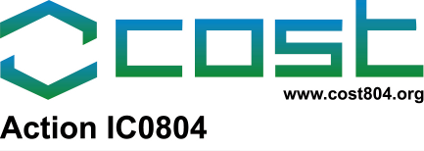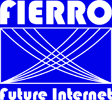 Sustainable Network Infrastructure Enabling the Future Digital Society
Sustainable Network Infrastructure Enabling the Future Digital Society
January 2015 – June 2018
TEC2014-59583-C2-2-R
The ICT eco-system has been rapidly and dramatically changing in the last several years. Emerging cloud services, mobile and social network technologies are creating new communication patterns, requiring architectural changes to the underlying networks in order to enable scalable growth in traffic volume, while supporting a high level of dynamic connectivity where applications and application components are frequently provisioned, released, and moved around. SUNSET project focuses on overcoming the existing bottlenecks of current architectural solutions to provide a successful support of the future Digital Society, paving the way to new-coming cloud ICT services as well as enhancing a sustainable use of these services by mature economic sectors, improving this way their competitiveness through cloud ICT technologies. More specifically, SUNSET proposes a novel architecture including all network segments (access, metro, core) and data centre network, empowered by advanced optical technologies and Software Defined Networking (SDN), capable of sustaining the growing resource and operational demands of next generation networks.
SUNSET aims to achieve several objectives as:
- Researching and developing modulation techniques and signal processing techniques for a 10x improvement in transmission data rate in metro-access networks using low cost commercial devices.
- Developing SDN-enabled nodes implementing elastic wavelength and space multiplexing as well as to implement SDN controllers able to manage legacy optical equipment.
- Designing and developing SDN-based orchestration frameworks, SDN-enabled monitoring capabilities, resource optimization algorithms, and investigating future SDN technologies.
- In the long term, SUNSET also investigates further reducing power consumption and enhancing performance at larger scales higher factors of 100 to 1000 in medium-long terms, by hybrid photonic and wireless technologies towards Data-Centres-in-a-Box, supported by new nanostructured materials.
Definitely, the SUNSET project brings together a combination of expertise and resources to deliver novel scalable and future-proof network overall infrastructure solutions.




 Energy efficiency in large scale distributed systems
Energy efficiency in large scale distributed systems Scalable Tunable and Resilient Optical Networks Guaranteeing Extremely-high Speed Transport
Scalable Tunable and Resilient Optical Networks Guaranteeing Extremely-high Speed Transport Future Internet: Eficiencia en las redes de altas prestaciones
Future Internet: Eficiencia en las redes de altas prestaciones